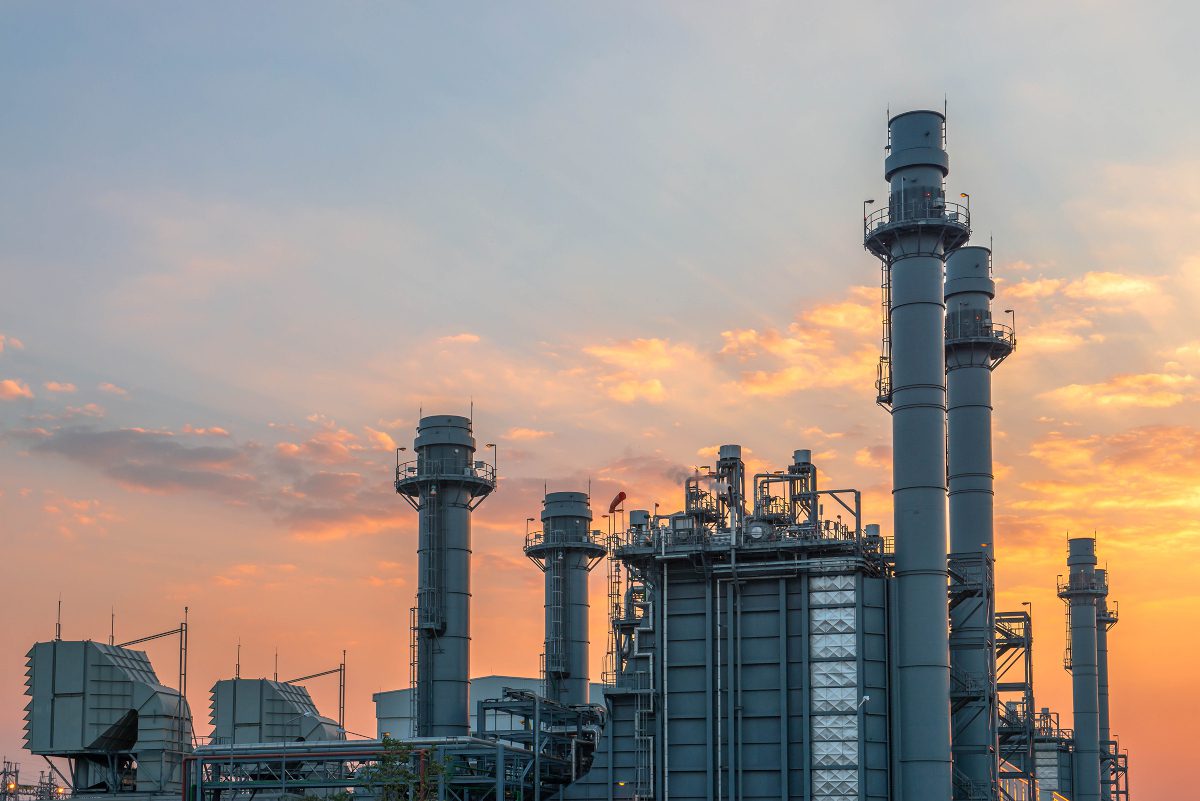
By Andy Normand
Net zero is back in the headlines after a series of announcements on both sides of the political aisle. Recent changes to government strategy are seen by some to be damagingly regressive and others as necessary pragmatism, but it’s important to understand where we are in the energy transition and focus on what we still need for the current system and the changes that are yet to come.
The domestic electricity market is changing to a more decentralised model driven by deregulation and increased renewable generation. In time, this decentralised model will result in reduced costs, improved security of supply and reduced CO₂ emissions as the system evolves. This new market offers significant opportunities where energy providers, investors and consumers can realise lower bills and increased profits by deploying new energy assets as well as optimising the existing energy system.
What will this decentralised electricity system look like in five or ten years’ time? The inexorable drive to produce a greater proportion of electricity from renewable sources shows no sign of slowing down. Indeed, according to energy market data analyst EnAppSys, output from renewable sources totalled 119.5TWh in 2022 – the highest on record over the last decade – due primarily to high wind levels. However, traditional forms of generation such as gas and nuclear will continue to be a prominent feature of Britain’s power mix.
What happens when the wind doesn’t blow and the sun doesn’t shine? Renewable sources of energy are primarily those known as non-dispatchable; they generate when they can, not necessarily when they are needed. To balance supply against demand, there is also a need for dispatchable energy which can be turned up and down at will.
Battery Energy Storage Systems (BESS) are viewed as an important part of the future energy system. The markets for energy storage of different technologies and capacities are rapidly evolving, with new and shifting market drivers being full of opportunities. Currently, however, they are used primarily to balance short-term fluctuations and ensure system stability rather than balance large-scale misalignment in the timing of generation and demand.
It’s clear that other forms of dispatchable generation are needed to ramp up and down as necessary to balance the system during peaks and troughs in demand.
Right now, gas-fired peaking plants are an important part of this equation. These are power plants designed to balance fluctuating power requirements in the electricity network and operate during periods of high demand for electricity or shortfalls of power supply. By addressing these imbalances, peaking plants can reduce stress on the electricity system – helping to maintain security of supplies and reducing the chance of the lights going out.
The key advantages of peaking plants and other small, flexible generators over large baseload units is that they can be sited close to where the power is used, saving on the cost and wasted energy of transporting power over long transmissions networks, and they can respond quickly to fluctuations in electricity demand.
While baseload gas plants are switched on all the time (unless there’s a fault), peaking plants are in standby mode until needed. When that time comes, they can be switched on in a matter of minutes to provide additional power when the grid needs it.

Operators of these plants are paid to generate electricity when demand is high. They are encouraged to do so through mechanisms such as the Short-Term Operating Reserve (STOR) and the Capacity Market, which are designed to level out imbalances in power supply and demand, and offer financial incentives to ensure that generators such as gas peaking plants are kept on standby and ready to provide back-up electricity when needed.
In future years, it’s likely that flexible generators will have an even more vital role to play in the evolution of a decentralised electricity market. It’s clear that gas isn’t a long-term solution; operators of gas plants are already exploring the possibility of converting them to hydrogen-fired assets or capturing and selling excess carbon from the gas-making process, but for now they keep the lights on.
At Encora Energy, we play a key role in the development, construction and operation of decentralised energy projects including several gas-fired peaking plants and BESS sites across the UK. We’ve helped owners of these plants to develop suitable sites, get the plants up and running, and extract optimum value from the plants once operational.
This latter point is crucial. It’s not enough to build plants at strategic sites near the point of energy consumption; they must run at optimal efficiency. This will not only help plant owners realise healthy financial returns, it will also ensure that dispatchable energy plants will continue to play this vital role in an efficient and improving electricity system in Britain.






